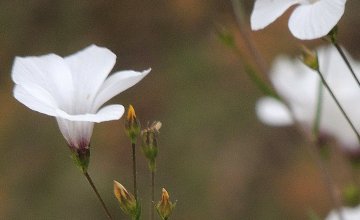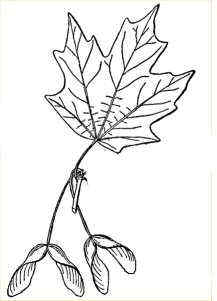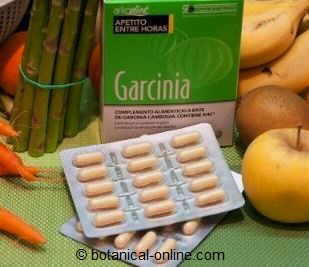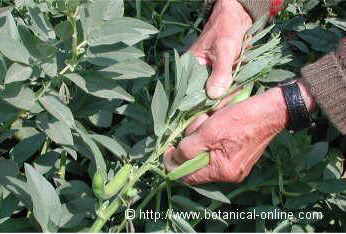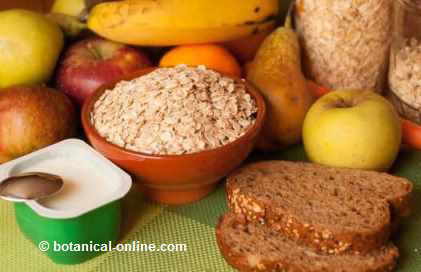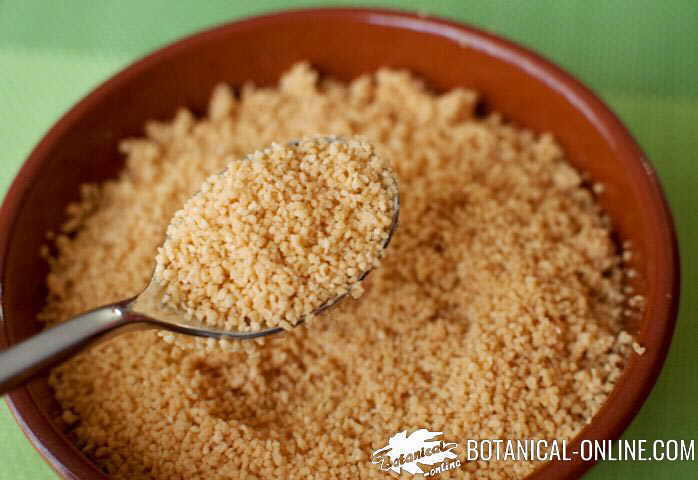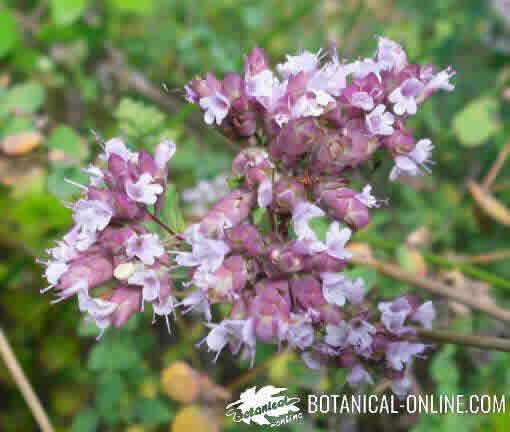Contents
- 1 Nutritional properties of pomegranates
- 1.1 Health benefits of pomegranate fruits
- 1.2 Pomegranate: a remedy used in traditional medicine
- 1.3 Pomegranate in Indian medicine
- 1.4 Properties of the bark of the pomegranate
- 1.5 PROPERTIES OF POMEGRANATE SEED OIL
- 1.6 Pomegranate seeds are attributed with estrogenic properties
- 1.7 Properties of the flowers of pomegranate
- 1.8 Properties of the leaves of pomegranate
- 1.9 Curiosity:
- 1.10 A preparations of pomegranate safe?
Nutritional properties of pomegranates
Health benefits of pomegranate fruits
Pomegranate fruits have many nutritional advantages, such as various acids (citric, malic,…), flavonoids, polyphenols, sterols, alkaloids, tannins, etc.., (see “Pomegranate properties” in the listing below)
Pomegranate is also a tree, and this tree produces a series of substances with medicinal properties, which not only reside in the fruits. We can use its roots, stem, leaves, fruits,..Depending of the part of the tree, we will have different medicinal properties.
Pomegranate: a remedy used in traditional medicine
For centuries, the juice of pomegranate fruit has been used as a treatment for intestinal problems. But, this is not the only application that is known.
For example, in parts of India, the white and bitter parts of the center of the fruit are used with salt, pepper and ginger as a toothbrush. In this way, they achieve oral hygiene and, due to its antibacterial effect, they protect the their gums against gingivitis.
Pomegranate in Indian medicine
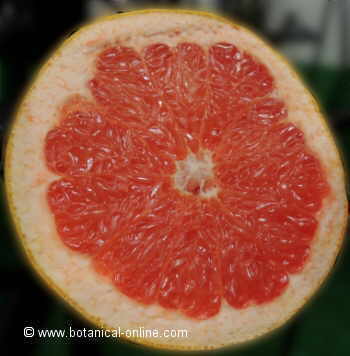
Photo of pomegrane, showing the inside
In Ayurvedic medicine, different parts of pomegranate tree and pomegranate fruits are used for different applications. For example:
- The skin and the bark of the fruit are used to remove parasites such as tapeworms or as an astringent for diarrhea.
- Seeds and juice are used as cardiovascular protection against cholesterol. The juice is applied as a preventive of eye problems.
- The skin of the fruit, the bark and the flowers of the pomegranate are used as anti-hemorrhagic and vasoconstrictor (for its astringent effect), but also as a tonic remedy for the skin and to decrease skin spots.
- Either the direct consumption of seeds or a vaginal suppository, made with the skin of the fruit and the bark, were used as abortifacient in parts of India, or for women not to get pregnant.
Properties of the bark of the pomegranate
- The root, bark and stems contain up to 15% of mineral salts such as calcium oxalate. It is the most rich in tannins (20%) (punicalin and punicalagin). The action of tannins decreases the toxicity of alkaloids. It is also the richest in alkaloids, particularly in a substance called pelletierines.
- The root bark, in decoction form, is good to treat intestinal problems and parasites, especially tapeworms, although it is no longer widely used, because its neurotoxic values in small quantities is greater than in other medicinal products.
- The rind of the fruit is also rich in tannins. It is applied for internal use for the treatment of diarrhea (decoction of three tablespoons of dried bark per liter of water for 10 minutes. Drink two or three cups a day)
- This decoction is adequate in external use for the treatment of skin diseases for its antibacterial and astringent properties to promote healing and protect against infection. The main applications include the following:
– Mouth ulcers: Perform rinses with liquid from the decoction before.
– Wounds: Apply the liquid from the previous decoction on the wound
– Dermatitis: Apply the liquid from the previous decoction on the affected skin
– Conjunctivitis: Dilute the liquid on 50% water and flush the eyes with the liquid.
– Itching: Apply the liquid from the previous decoction itchy area.
– Vaginitis: Make a douche with the liquid from the decoction of three tablespoons of dried bark per liter of water.
– Etc
PROPERTIES OF POMEGRANATE SEED OIL
Pomegranate seeds are attributed with estrogenic properties
From pomegranate seeds we usually extract oil which is very rich in various acids, (ellagic acid, citric acid and malic acid,…) and some sterols. Some studies have attributed anti-inflammatory properties to this oil.
It is said that it can inhibit the formation of prostaglandins series 2 (leukotrienes, thromboxanes,…), formed due to arachidonic acid. Prostaglandins have proinflammatory effect, therefore, its inhibition produces an antiinflammatory effect.
Properties of the flowers of pomegranate
The flowers of the pomegranate are rich in various kinds of organic acids. Sometimes flowers are used as astringents, in case of diarrhea, as well as in external skin applications.
In internal use, in the treatment of diarrhea, it is used as a decoction (pour 1l of water on 30g of dried flowers and letting it boil 5 minutes. Take half a glass a day).
Pomegranate flowers have also been effective in treating headaches and even migraines.
Regarding external applications, the use of flowers may be helpful in maintaining a good oral hygiene, protecting against caries and gingivitis. (They are used as a tea: pour 1 liter of water on 50g of dried flowers and let stand for 30 minutes. Perform rinses with this liquid)
Properties of the leaves of pomegranate
The leaves of the pomegranate are rich in tannins and flavonoids such as apigenin and luteolin. Its use could help reduce anemia
They are used as a tea ( pour 1 liter of water on 50g of dried leaves and let it stand for 15 minutes. Take 3 cups a day)
Curiosity:
Some studies have attributed tumoral inhibitory effects to the consumption of pomegranate juice in conjunction with extractions of the root bark of the pomegranate.
A preparations of pomegranate safe?
Pomegranate, being rich in tannins, is not free of toxicity and it should be used properly. (More information)
![]() More information on pomegranate
More information on pomegranate

